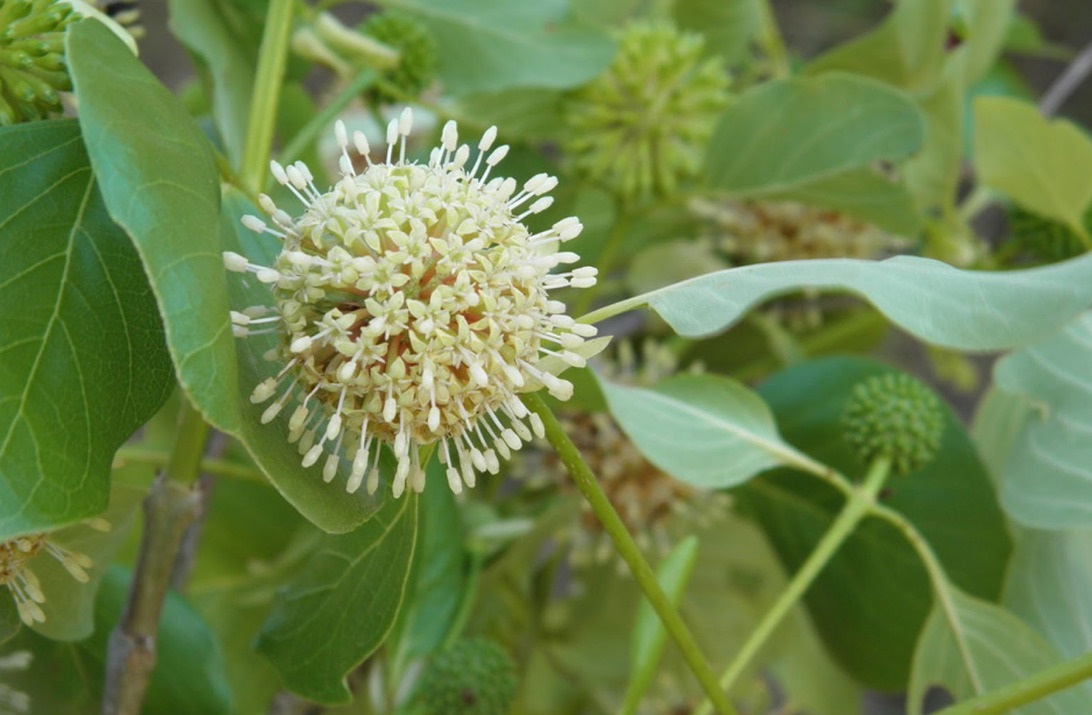| PlantID | 0089 |
| Botanical Name | Mitragyna parvifolia |
| Common Name | Kayim, Kumra |
| Classification | | Kingdom: | Plantae | | Subkingdom: | Tracheobionta | | Division: | Magnoliophyta | | Class: | Magnoliopsida | | Subclass: | Asteridae | | Order: | Gentianales | | Family: | Rubiaceae | | Genus: | Mitragyna | | Species: | parvifolia |
|
| Part used | Roots, bark, leaves. |
| Medicinal Properties | Roots & Bark: acrid, bitter, stomachic and febrifuge. Leaves: acrid, bitter, sweet, styptic, vulnerary, stomachic, anti-inflammatory, anodyne, depurative and febrifuge.
|
| Medicinal Use | Roots & Bark: useful in gastropathy, colic and fever. Leaves: internal and external haemorrhages, wounds, colic, flatulence, dyspepsia, inflammations, myalgia, skin diseases, leprosy, erysipeals and fever.
|
| Chemistry | Pyroligneous acid, methyl acetate, ketones and aldehydes, methanol, tar, pitch and losses. |
| Cultivation | NA |
| Regional Habitat | Throughout Rajasthan, in deciduous and evergreen forests, particularly in the slopes. Distribution: Jaisalmer, Alwar, Dungarpur, Jaipur, Bundi, Bharatpur, Sawai Madhopur, Kota and Jhalawar districts of Rajasthan. |
| Description | A medium sized to large deciduous tree with rounded crown and light grey smooth bark, exfoliating in small scales. Leaves: simple, opposite, very variable, elliptic, suborbicular or obovate, rounded, acute or bluntly acuminate, glabrous on both sides, main nerves 6-8 pairs, stipules 13 by 5.8 mm. Flowers: greenish yellow, fragrant, in globose heads. Fruits: oblong capsules with blunt rounded tops and blunt ribs. Seeds: minute, smooth, brown. Flowers appears during August-September and fruits appears during October-February. |
| Image |  |


